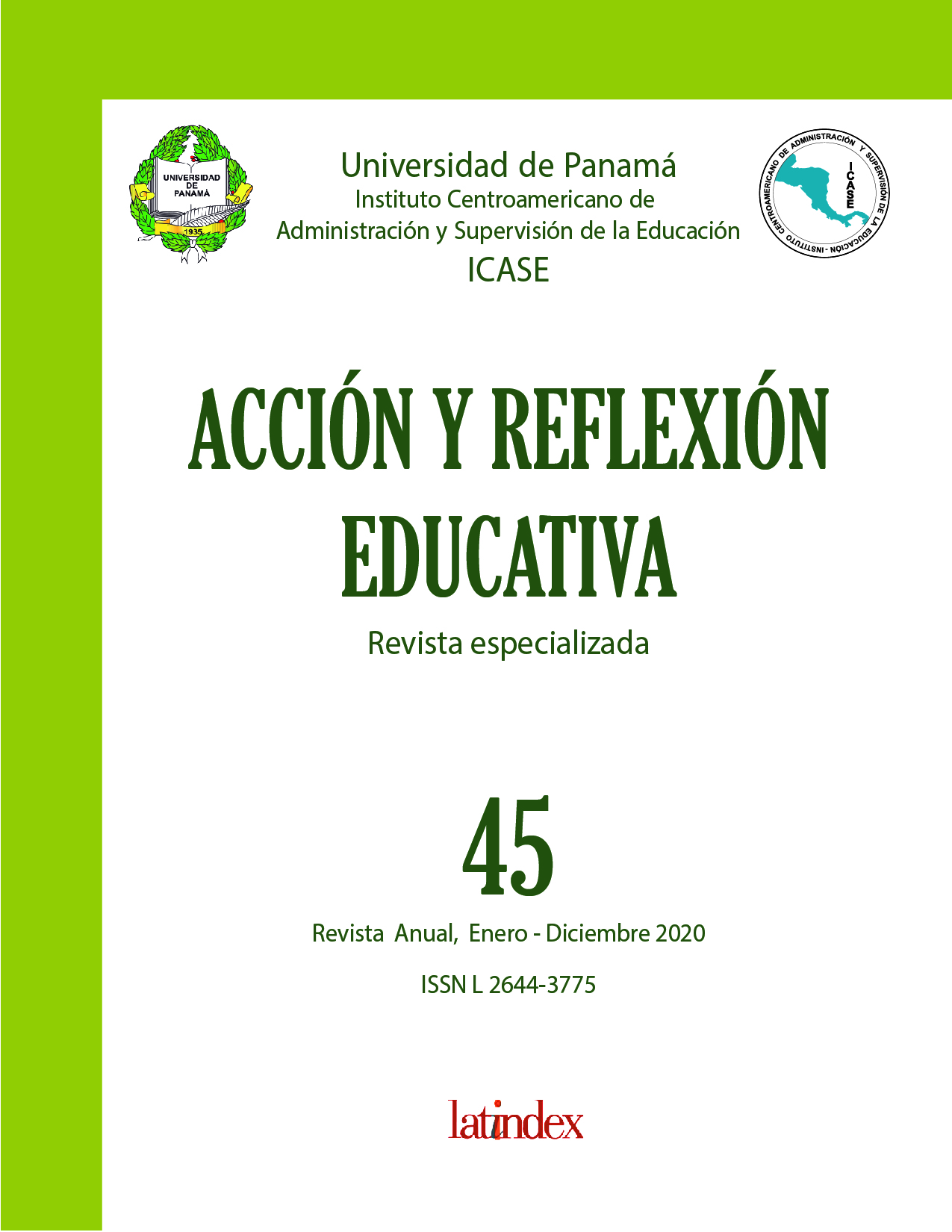

The practice of hidden curriculum implies that universities carry out more than transferring knowledge through their prescribed curricula. The impact of these practices, in some cases, happen to be greater than those included in the formal curriculum. So, the problem of this research is: Do professors turn to hidden curriculum practices in their teaching? If so, what implications or impact do such practices have on senior students?
We used an exploratory type methodology and an experimental approach, with an applied level of abstraction and its cross-sectional temporization. To achieve it, a survey was applied to 73 senior students both at the main Campus and at four Regional University Campuses, whose results are analyzed based on a hypothesis test through a simple random sampling, and a univariate interaction model.
The main findings evidence that in fact teachers carry out hidden curriculum practices in four dimensions: political, religious, ideological and values. Students agree with these practices because they consider them as necessary for the future of a fully trained professional, but they disagree with the practices in the religious dimension.